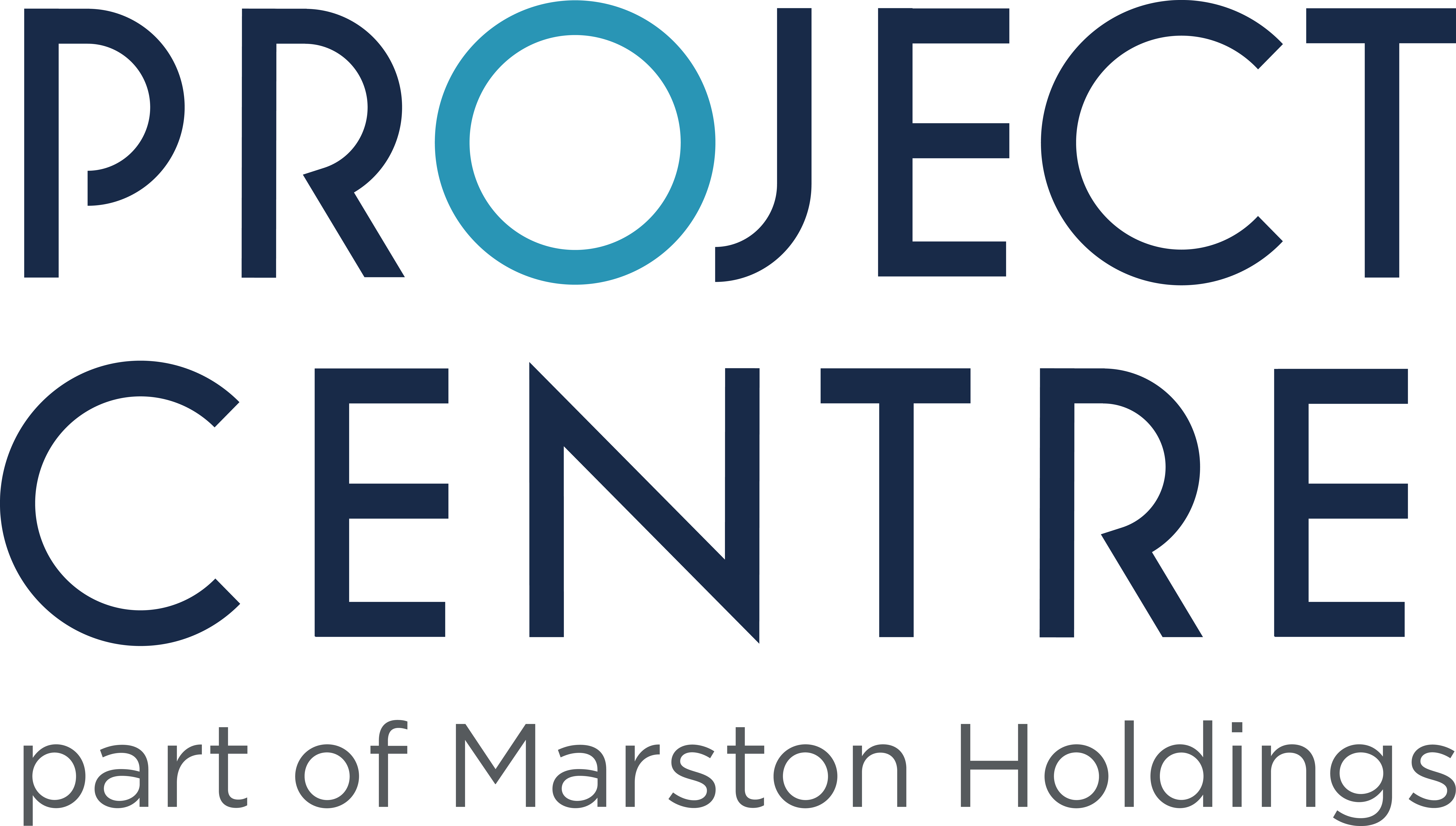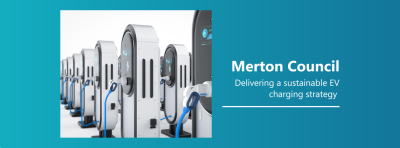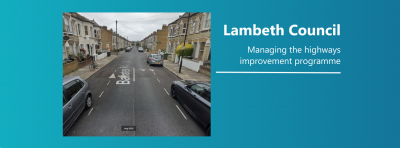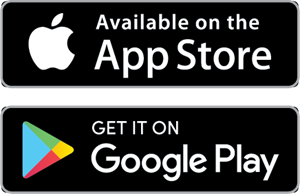Background – do we need a new air quality messaging system?
The London Borough of Merton commissioned Project Centre to assess the need for a new air quality messaging system across all London boroughs. We initially gathered information on the current air quality messaging services available. We then engaged with industry experts as well as health and communications professionals to get their thoughts on whether a new service was required and how they would like it to function before developing its potential roll-out programme.
A new air quality messaging service would act as a unified communication system between local authorities and health sectors, conveying important public health information on levels of air pollution and the presence of airborne viruses.
Our five-phase engagement process
1. Information gathering
We conducted research on the current air quality messaging services available in the UK and specifically London to find out:
- What information is already in the public domain (e.g., airText, Covid alerts, hot and cold alerts)
- How does the current messaging work?
- How could a new messaging system fit around other public health messaging?
- What air quality data would we have access to (e.g., from Vortex, Breathe London, or the Greater London Authority?)
2. Partner Engagement
In collaboration with the Council, we identified key partners and held themed, virtual focus groups, helping us understand:
- The desired scope of the resulting air quality messaging service
- Who the key partners are and their objectives, and why they needed a new air quality messaging service
- How partners can help to roll-out the new service
- The public demand for the service
At the end of each focus group, our engagement team created in-depth reports combining the information discussed, the outcomes and suggestions on the final project plan.
3. Research and engagement
We acted as a point of contact between the client and the partners, maintaining fluid communication and producing informative reports on:
- The usage of current similar channels
- The collected analytics data which could help us predict the uptake of the new messaging system
4-5. Project plan and toolkit production
Considering IT and app design development time as well as target audience requirements and clients and partners’ timescales, we produced a project plan for the potential rollout of this service.
Key feedback from focus groups was the need for a better output of air quality messaging in the health sector. Hence, we developed a toolkit for surgeries and health services to provide real-time air quality health advice and information to their patients.
Outcome
Project Centre evaluated the viability and demand for a new air quality messaging system, whilst raising awareness and providing mitigation measures for poor air quality.
From speaking with partners and stakeholders it became clear that they felt current messaging services are satisfactory, but that the output of the messaging needs improvement in order to give clear actions, advice and instructions to users. The resulting toolkit can be disseminated to health professionals to enable clear and worthwhile communication to their patients and at-risk groups going forward.









